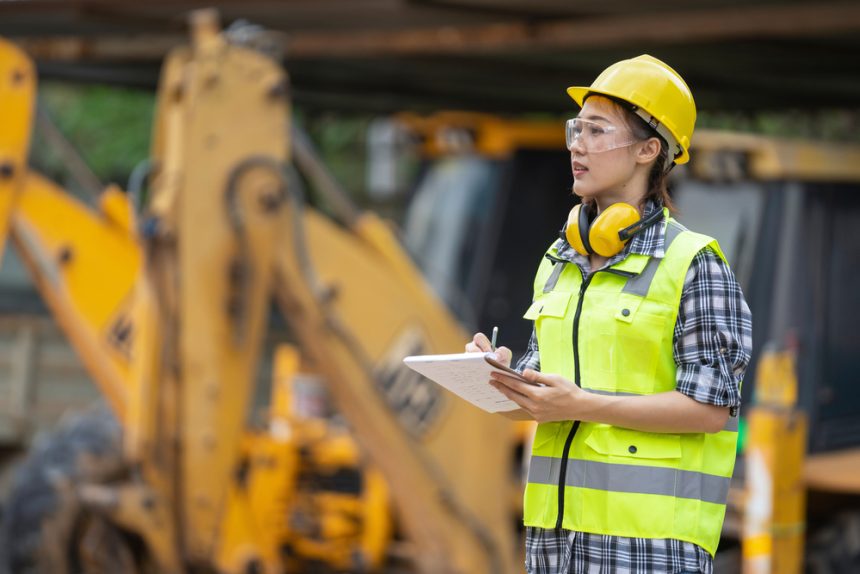The Workplace Gender Equality Agency’s latest round of naming and shaming has once again taken aim at the construction industry’s supposed gender pay gap.
The WGEA unveiled a massive trove of gender pay data on Tuesday, shining a light on how companies with 100+ employees across Aussie industries remunerate their workforce.
Amongst the ‘worst’ offenders fingered by the organisation was the construction sector, with men being more likely to earn nearly $40,000 per year more than their female counterparts on average.
But while the WGEA would have you believe companies are paying their female workers cents on every dollar made by a man – a practice that’s been illegal for over 50 years – the data does not compare men and women doing the same job.
Women account for just 12 per cent of the 1.28 million Australian construction workforce, and only 2 per cent work in on-site roles, meaning that the pool of female workers qualified for higher earning positions is far smaller than that of men.
This is backed by data from the Australian Bureau of Statistics, where women in the industry were far more likely to sit in the lower-earning quarter of trade jobs (47 per cent) than the top quartile (12 per cent).
Women are also far less likely than men to work as labourers (24 per cent of the workforce), machinery operators and drivers (9 per cent), and technicians and trades workers (6 per cent).
While the industry isn’t without its gender issues, what appears to be a widening pay gap on the surface instead boils down to a lack of supply and broader career interest from female workers.
An “urgent need to change”
Regardless of the cause or the reseasoning behind the pay gap, Australian Construction Association President Annabel Crooke says there’s an “urgent need for change”. So how do we solve it?
Do we raise the base pay of female workers, putting their salaries above their male counterparts in the same job? Or do we push women into higher-paying positions in the industry, giving the far smaller pool of female workers a leg up over men in the name of diversity?
Both aren’t attractive options and are sure to only worsen the culture of “toxic masculinity” in the sector.
Do we look at splitting the industry down the middle, making a mandatory 50/50 quota for men and women across all jobs? With women outnumbered almost 10/1, this would require a colossal nationwide cultural reset to attract more female workers, not to mention putting thousands of male workers out of the job.
It’s obvious there is no easy ‘solve’ to the supposed pay gap, which might be because it doesn’t need one.
With several government incentives available to women looking to pick up the tools, the industry is hard at work, providing equal opportunity for female workers to start a career in construction. Despite this, it’s clear most men and women simply make different choices when it comes to their careers.
While the male tradie might dominate construction, women make up 60 per cent of the nation’s university classrooms, 88 per cent of all registered nurses and 72 per cent of teachers.
Based on the WGEA’s mission for “inclusivity and diversity”, would they attract more men to those industries as well? It doesn’t look that way, and the groups’ refusal to look at the broader narrative tells us they’re more interested in promoting their ‘woke’ social messaging for a modern society than equal pay.







